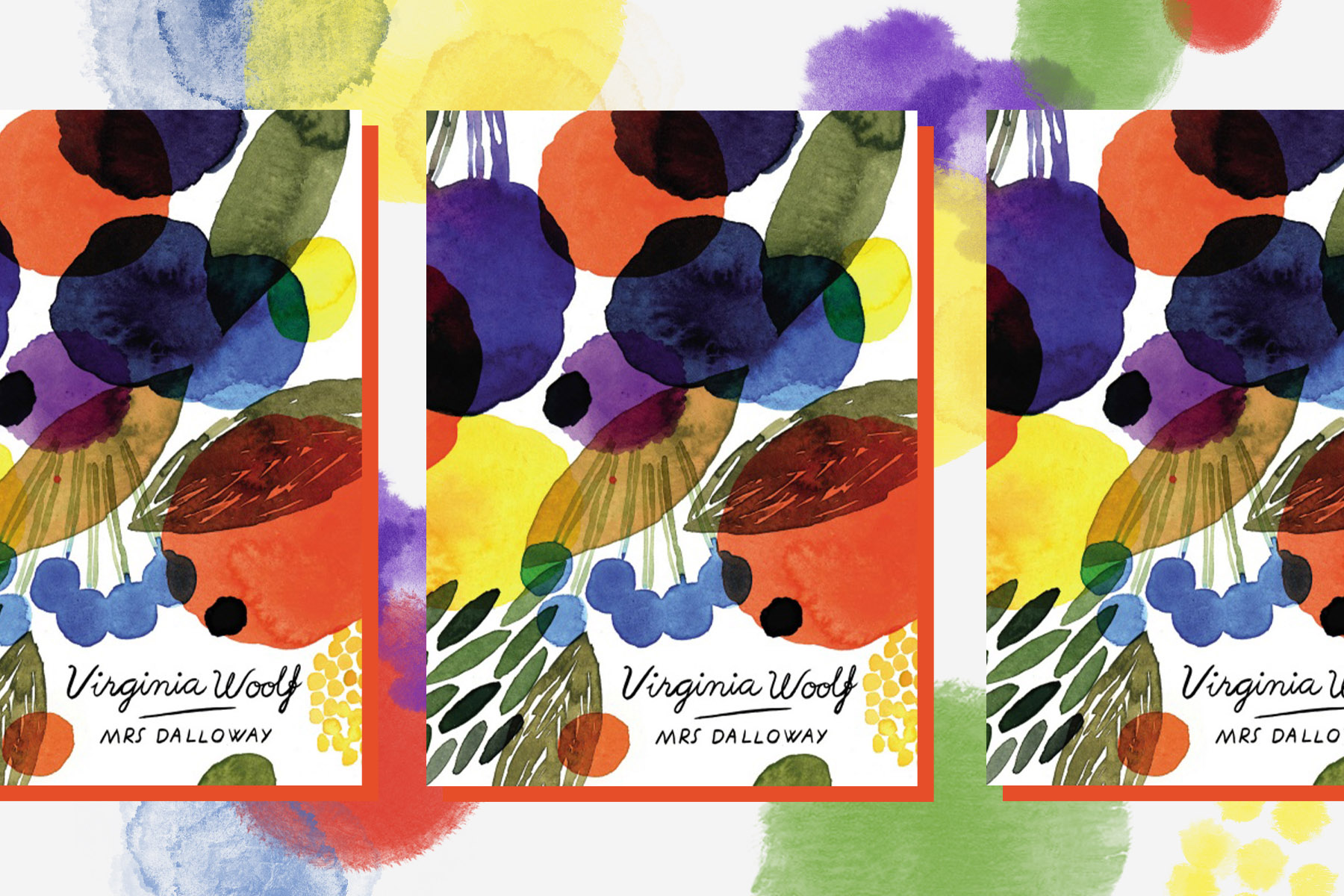
- Home |
- Search Results |
- Why Mrs Dalloway is the perfect novel for our times
Why Mrs Dalloway is the perfect novel for our times
The modernist masterpiece, set over one day in post-Spanish Flu London, found fresh relevance for readers during the pandemic. But it has always been Woolf's best and most pertinent novel, argues Stephen Carlick.
Lately, I can’t stop thinking about Mrs Dalloway. Virginia Woolf’s modernist masterpiece, which follows 51-year-old Clarissa Dalloway through 1923 London as she prepares to throw a party, reveals – via her interactions with those around her and the memories they provoke – a lifetime in just a single day.
It’s been nearly a century since its 1925 publication, yet the novel’s resonance – and its literary reputation – have only grown in that time. I’d be lying if I said the pandemic, and the slow pathway back from lockdown hasn't played a part in why the novel has been on my mind so much. In and out of self-isolation over the past year, the repetitive cycle of preparing meals, eating them, and washing the dishes, of days spent indoors until the sun sets, only to wake up and start again, felt like a lifetime. It’s a concept with which Woolf is well-acquainted.
Mrs Dalloway feels, to borrow Ben Jonson’s famous words about Shakespeare, 'not of an age but for all time'
Mrs Dalloway captures the way life can sometimes feel as though it spools from a single, frozen moment. In the mere moments that Peter Walsh, whose marriage proposal she turned down decades ago in favour of the more staid Richard Dalloway, visits Clarissa in her drawing-room the morning of her party, her thoughts flicker from “how impossible it was to ever make up my mind – and why did I make up my mind – not to marry him”, to how impossibly irritating he is. Clarissa’s feelings of resentment and jealousy, countless memories of intense love and regret, and impulses of right and wrong commingle in a lifetime’s worth of emotions expressed, in reality, in a single minute or so.
Yet, in many ways, Mrs Dalloway’s curent ubiquity feels like it’s been a long time coming – much further back than the start of the pandemic.
For most of the past few decades, it felt widely accepted that Woolf’s masterpiece was To the Lighthouse. Modern Library placed Lighthouse at number 15 in their 1998 list of the 100 Best Novels (a list that Dalloway didn’t crack), and while both made TIME’s similar (though unranked) 2010 list, author Lev Grossman wrote that after Mrs Dalloway, To the Lighthouse “raised the stakes and broadened her focus”.
We are not 'all Mrs. Dalloway now'; not suddenly, anyway. We have all been Mrs Dalloway, increasingly, for decades.
Who hasn’t experienced a intrusive thought like this during a rare moment of focus? Replace “dress” with “phone” and Woolf’s depiction of thought and memory feels as modern as books written this year.
So while it’s true that Mrs Dalloway feels resonant with the pandemic and lockdown, we are not, I don’t think, “all Mrs. Dalloway now” as The New Yorker posited in their April essay, ‘Why Anxious Readers Under Quarantine Turn to Mrs. Dalloway’; not suddenly, anyway. We have all been Mrs Dalloway, increasingly, for decades.
Nor have our ordinary acts “come to seem momentous, a matter of life or death” only during lockdown. Mrs Dalloway is a momentous novel, but the fictional day across which it takes place is not; it is just another day. And it is this fact – that a day, no matter how banal, might contain and symbolise the accumulation of them all – that gives them meaning, as it always has.
Clarissa Dalloway, writes Woolf, “always had the feeling that it was very, very dangerous to live even one day”. A day, after all, might as well be a lifetime.